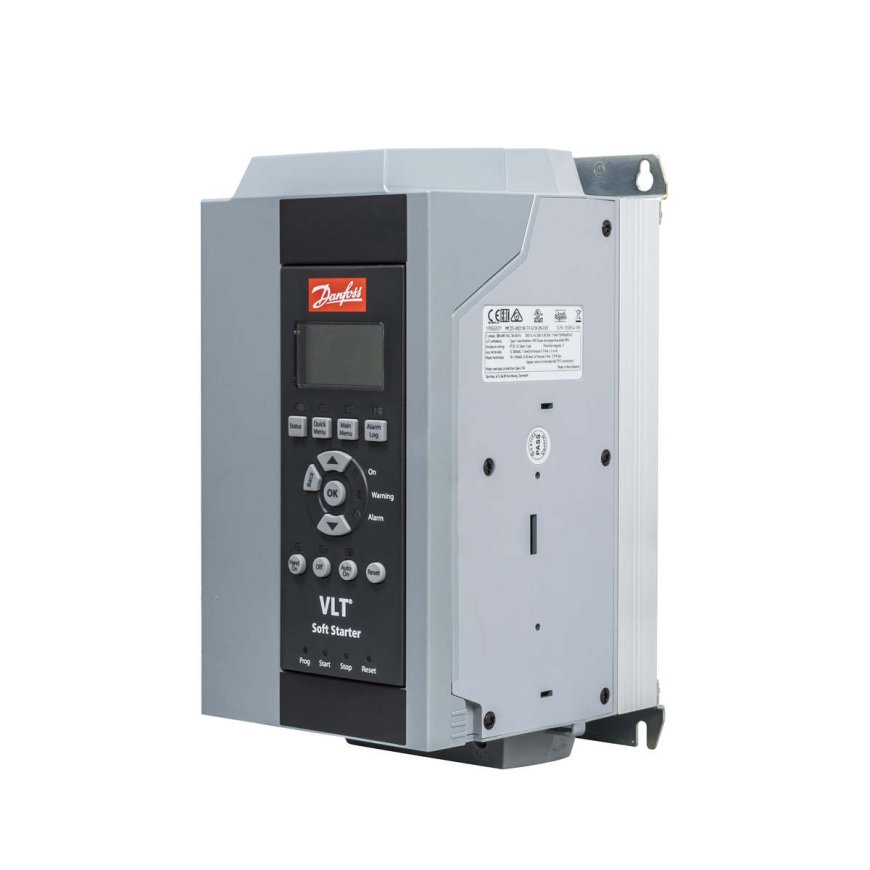What Is an Electronic Motion Control System: Everything You Need To Know

The development of technology has given us innovative solutions to many challenges that we face in our daily lives. Even the business world has seen many developments because of such innovations.
Businesses are one such product that has revolutionized the industry, specifically labour-intensive industries like welding, manufacturing, and others. It is electronic motion control. But what exactly is it? Keep reading as we share with you everything that you need to know about these systems and where you can use them.
Motion Control in a Nutshell
It is an automation system made up of a number of components that work together to produce controlled movements in a machine. Aside from allowing movement, motion control also helps in stopping the machine.
Basic Components Of Motion Control
Here are the three basic components of an electronic motion control system.
Controller
This acts as the brain of the electronic motion control system, and it helps control the drives and the motor. This controller receives the input command from the user from the feedback-based system, inspects the signal from the motor, and produces the action needed without any error. Depending on the number of individual processes that need to be controlled, the number of controllers that are required to be used is determined. These controllers collect instructions and give feedback to and from the main computer in order to control the production.
Drive
Often considered as the ‘middle man’ of a motion control system, functions directly with controllers and motors at the same time because of its motion control board. The main function of this device is to interpret the signal collected from the controller and send it to the motor to ensure that the machine is moving accurately.
Motor
The main job of a motor in a motion control system is to convert the signal received from the motor drive into movements. AC and DC are two of the most common types of motors. Energy is transferred from magnetic fields directed through the coils wrapped around the output shaft in an AC motor. Meanwhile, in a DC motor, the energy produced comes from a generated power source that gives continuous voltage, like a battery.
Benefits of Motion Control Applications
Motion control systems have countless uses. Below, we have shared some of the most common applications of this system.
Packaging
For years, motion control has been an important part of the packaging industry. This is used mostly for palletizing. The process involves stacking boxes on top of boxes or cases for transportation purposes. One of the challenges of this process is that the boxes need to be stacked accurately so that they are stable and become an interleaved structure. Motion control systems come with a program feature that is flexible to help in effective palletizing.
Textile
Designing, producing, and distributing yarn, cloth, and clothing is the primary focus of the textile industry. A variety of superior equipment for manufacturing fabric is used in this industry. When motion control is implemented in tactile machines, it leads to better synchronization, quick changeover, and reliability in production.
3D Printing
This is another thriving industry that involves the printing of three-dimensional objects with the help of computerized design models. It covers a lot of sectors like architecture and construction, education, electronics and many more. Using motion control in a 3D printer helps integrate multiple axes accurately; this develops the precision of printing mechanisms, reduces noise, and makes sure that your printing is done faster.
Photography and Film Making
One of the main challenges in this industry is the creation of a model that showcases a situation or environment that is as realistic as possible. Producers often use miniatures, but if they are too small, they can seem unrealistic in the eyes of the audience. On the other hand, making large models involves extreme hard work and time consumption. Therefore, people use motion control systems to gain a realistic focus on models by adjusting data fields and frame rates as well as shifting shutter speed accordingly.
Robotics
Robotic applications are huge in sectors like automotive, manufacturing, welding, and other industrial settings. This is because motion controls make the operations a lot easier. It allows the robots to move accurately, precisely and repeatedly with the help of acquired data and feedback. The market of motion control is expected to expand as industries use more and more robots to streamline operations.
Wrapping Up
Electronic motion control is a great tool in industries like manufacturing, welding, and others. You should now be clear as to what this system is and how you can get the best out of these systems. So, if you are also in one of the industries we discussed today, make sure you have a motion control system. However, if you are looking for one, then do a thorough research before you purchase any system, be it an electronic motion system or variable speed drive motor.
What's Your Reaction?






























